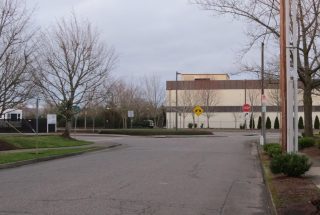
(Photos by Naomi Fast for BikePortland)
This story is from our Washington County correspondent, Naomi Fast.
We need to talk about on-street auto parking in Beaverton.
A big picture glance at Beaverton Traffic Commission meeting agendas shows that over the past couple years, on-street car parking is a consuming and intersectional problem. Residents have been asking the city to lower speed limits rather than rely on parked cars for traffic calming, as well as further restrict on-street car parking. But the parking restriction requests are coming in for two different reasons: some are concerned about safety while traveling on car-cluttered roads, while others are concerned about people sleeping overnight in vehicles on the street.
Biking as transportation is — thankfully — being acknowledged somewhat in the search for solutions. However, some advocates are concerned certain proposed bike lanes (on a section of 5th, specifically, which the Bicycle Advisory Committee endorsed) were being used by the city to justify a new ordinance that would, in effect, evict houseless people from staying overnight in vehicles on the street. Washington County just enacted their own ordinance prohibiting camping on-street in RVs. Like Portland, Beaverton is struggling to house all its residents. The city has even decided to apply for an Urban Growth Boundary expansion.
But today, I’d like to outline a seemingly small detail of the bigger parking problem. It’s an example of the kind of mundane traffic decision that should be considered from a carfree person’s perspective, as part of the equity consideration.
And I think it’s worth a call-to-action for people whose preferred or primary mode of travel in Beaverton is a bicycle.
The street in question happens to be adjacent to the very development, Standard Center, that led me to write the city in late 2016 about its lack of bicycle parking (which in turn sparked this dispatch one year ago). Since then, no bike parking has been added. An irony is that if bicycle parking had been added — and biking to the Standard Center had been encouraged over the past year by its owner and lessees — perhaps the fight over car parking would not have boiled to a head in this way.
Which brings us to the issue at hand.
The Issue/Proposal
If passed, Beaverton Traffic Commission Issue No. TC 767 would start allowing on-street car parking on the west side of SW Lloyd Ave between SW Canyon Road & SW Henry St. This area is near Meineke Car Center, a tavern, Pietro’s Pizza, La Sen Grill, and other destinations. The item was adopted by the Traffic Commission at their January 4th 2018 meeting. Since February’s meeting was cancelled, and the January minutes are not yet available, I emailed Jabra Khasho, City Traffic Engineer. He said the item will be packaged for an upcoming City Council Consent Agenda, date not yet confirmed. The City Council meets on Tuesday evenings in February.
Street Context
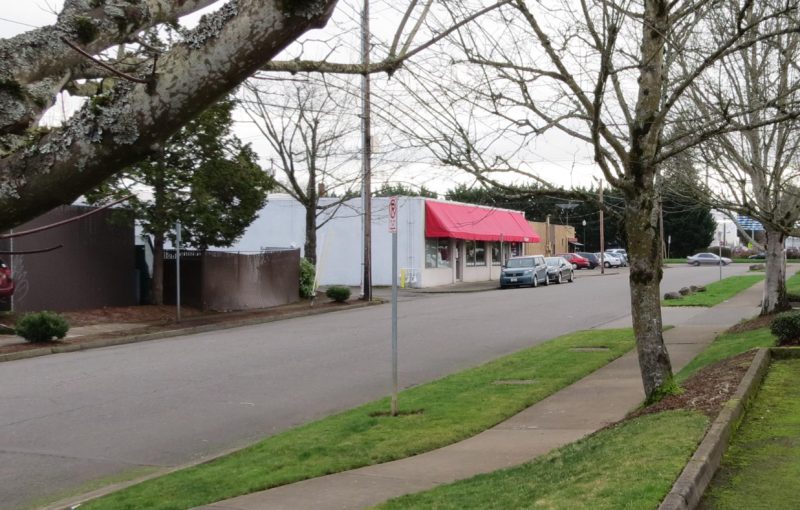
Lloyd is a short-and-sweet street, with on-street car parking currently limited to the east side. The street is low-traffic, with no center stripe, and no bike lanes. It’s comparable to SE Clay, though much shorter. It connects Canyon Rd with SW Millikan Way, the much-mentioned “bike network alternative” to car-heavy Canyon Rd (aka Oregon Route 8). Millikan Way is a useful bicycle connection to the Beaverton Transit Center. Millikan is also mentioned in TriMet’s 2016 bike plan.
Lloyd is one of my favorite types of streets to bike-wander on. When I first noticed the lack of bike parking at the adjacent Standard Center, I asked an employee at Pietro’s Pizza where people can park if we biked to pizza. She suggested we could take the bikes inside & lean them in the entryway. To me this didn’t seem realistic—particularly for more than two bikes, or in winter with muddy, oily bike tires—and I never did take her up on that.
Advertisement
Concerns
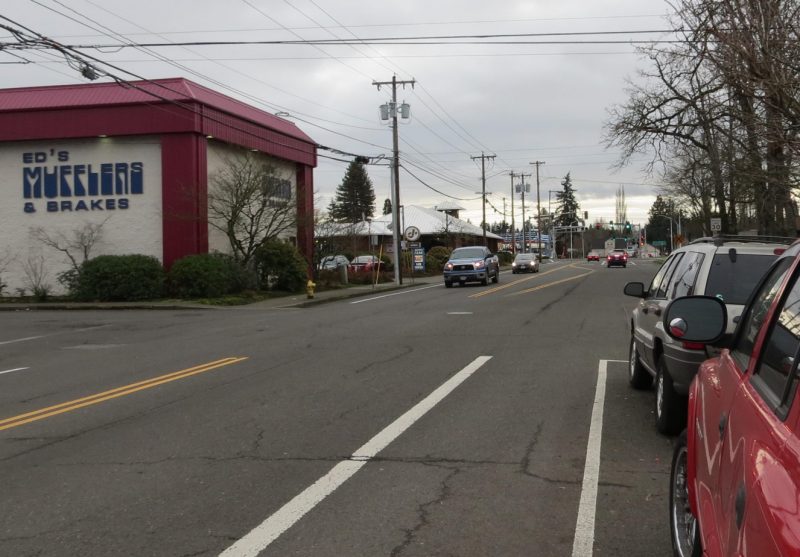
The proximity of Millikan Way to Lloyd suggests an abundance of people traveling this area by bicycle. If you lived in an apartment on nearby Hocken, and decided to bike east on Henry to make a right turn on Lloyd to pick up some take-out from La Sen, west-side on-street car parking would likely block you from the view of drivers exiting Standard Center. We’ve heard drivers say, “The bicyclist came out of nowhere.” Actually, no. In this case, it might be they simply made a right turn from Henry onto Lloyd, and the new on-street car parking up for city approval blocked them from the driver’s view. Sometimes drivers leave parking lots in spurts of speed that could leave no one seeing the other if on-street cars are there.
In the public documents available about this item, there was no indication that the Traffic Commission took into consideration the proximity to the Millikan bikeway. Seemingly small changes like this accumulate and collect into larger feelings of more stress and less safety, comfort, and enjoyability on a bicycle. Meanwhile, Beaverton residents are imploring the city to ramp up non-car transportation facilities & priorities, to alleviate car congestion and to keep streets safe. Bicycles need to be considered by all entities when looking at equity, safety, and traffic flow, as per the Traffic Commission’s own applicable criterion from Beaverton City Code 6.02.060A.
What we can do
Simply put, Beaverton City Council needs to hear from us.
At the January Bicycle Advisory Committee (BAC) meeting, I brought up my own difficulties seeing around parked cars that block the view of on-coming traffic. Making a left turn onto connector streets like Jenkins, where on-street car parking is allowed as residential car storage, is difficult. Councilor Mark Fagin, city council representative to the BAC, took concern and said that city council needs to hear from the public.
It would be helpful if more of us would write the city and offer public testimony and opinions about this. This is especially the case in early 2018. The council faces a decision about the ordinance prohibiting RV on-street camping, which is closely related to a lack of affordable housing, while at the same time deciding whether to remove restrictions for daytime on-street car parking, which relates to street safety.
City Council has the final call on many traffic issues, large and small, and there is a directional nature to these choices. Will Beaverton further mire itself in car dependency and congestion, block by block? Or can it begin to extricate itself from car dependency by adding non-car perspectives to its street decisions, even seemingly minor ones?
We can help influence the answers to those questions: Contact City Council and let them know what you think.
Below are more images to help explain the context.
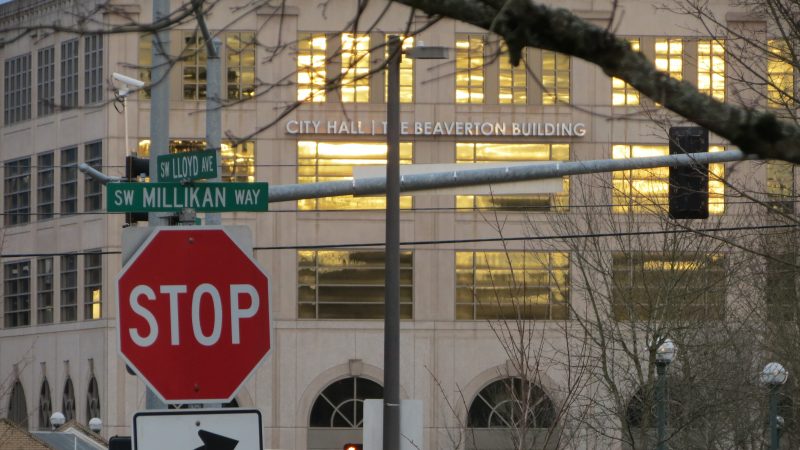
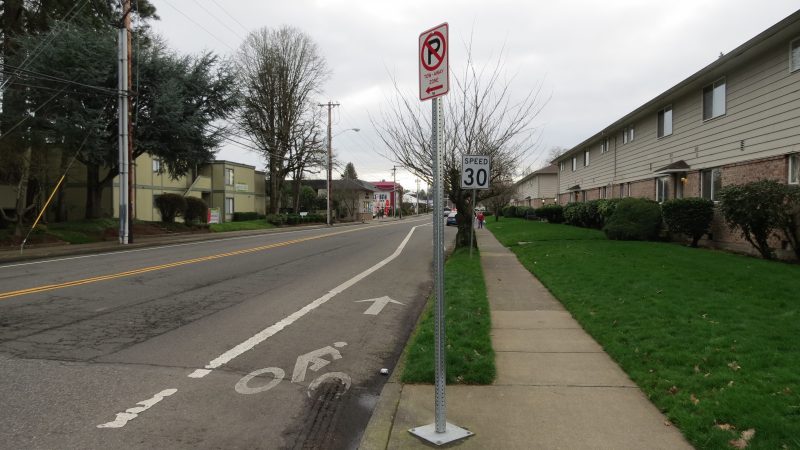
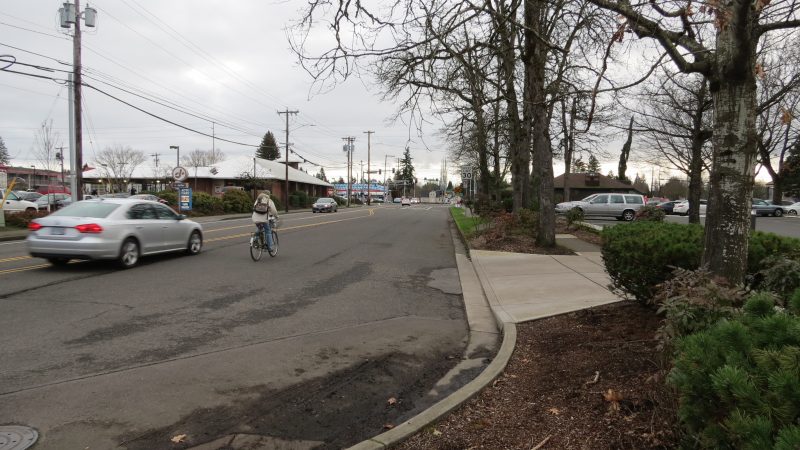


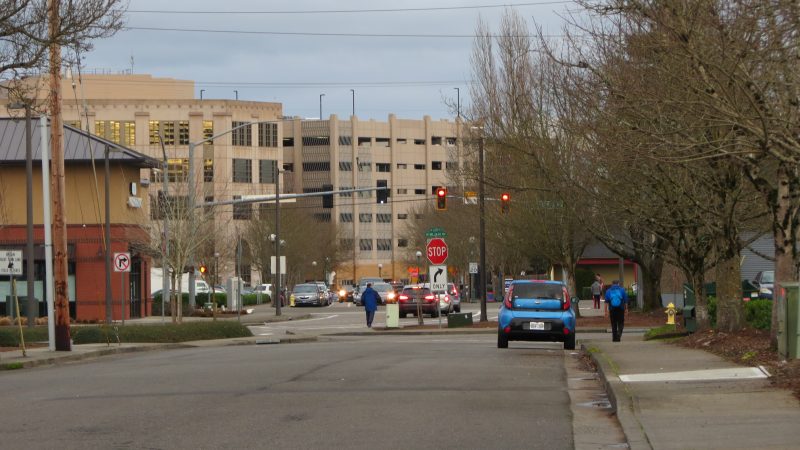

— Naomi Fast, @_the_clearing on Twitter
Never miss a story. Sign-up for the daily BP Headlines email.
BikePortland needs your support.

